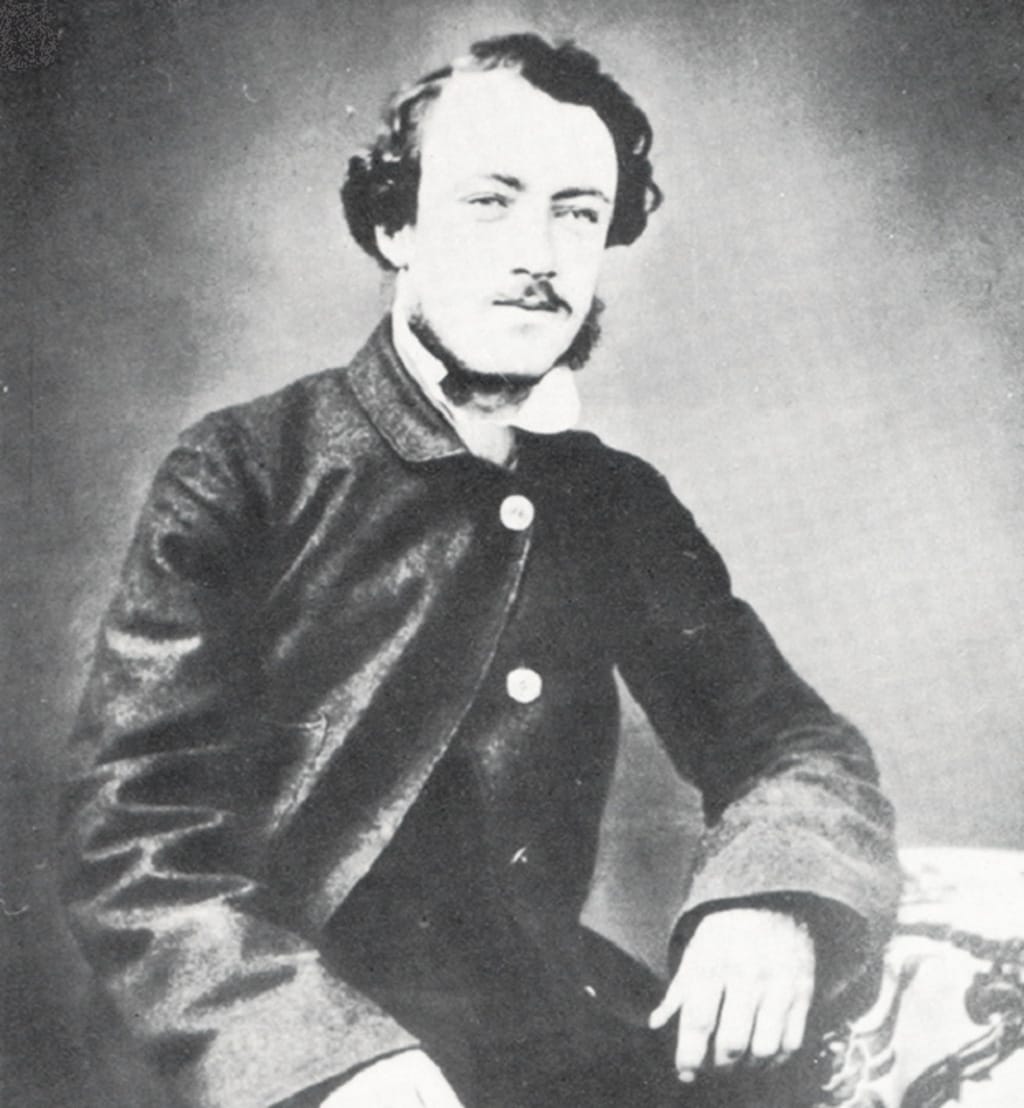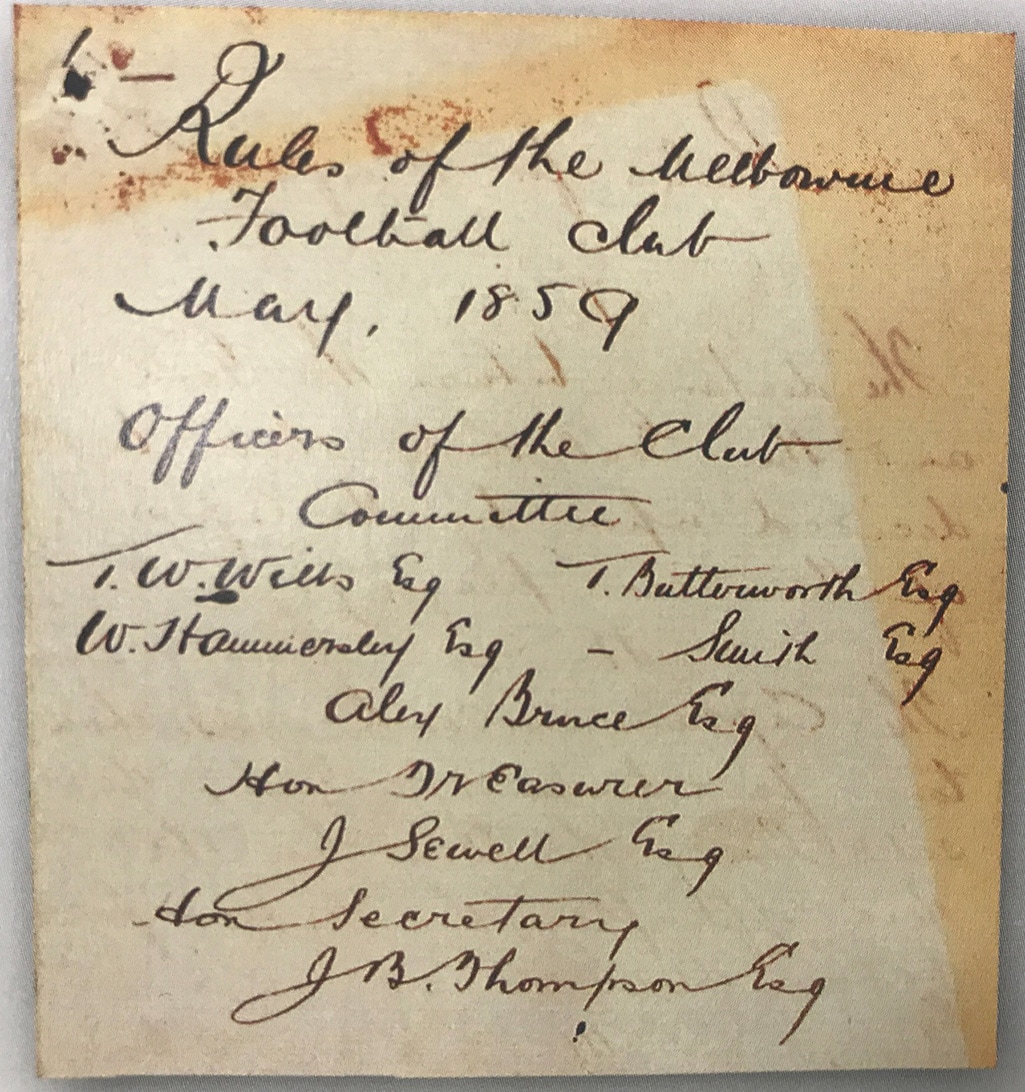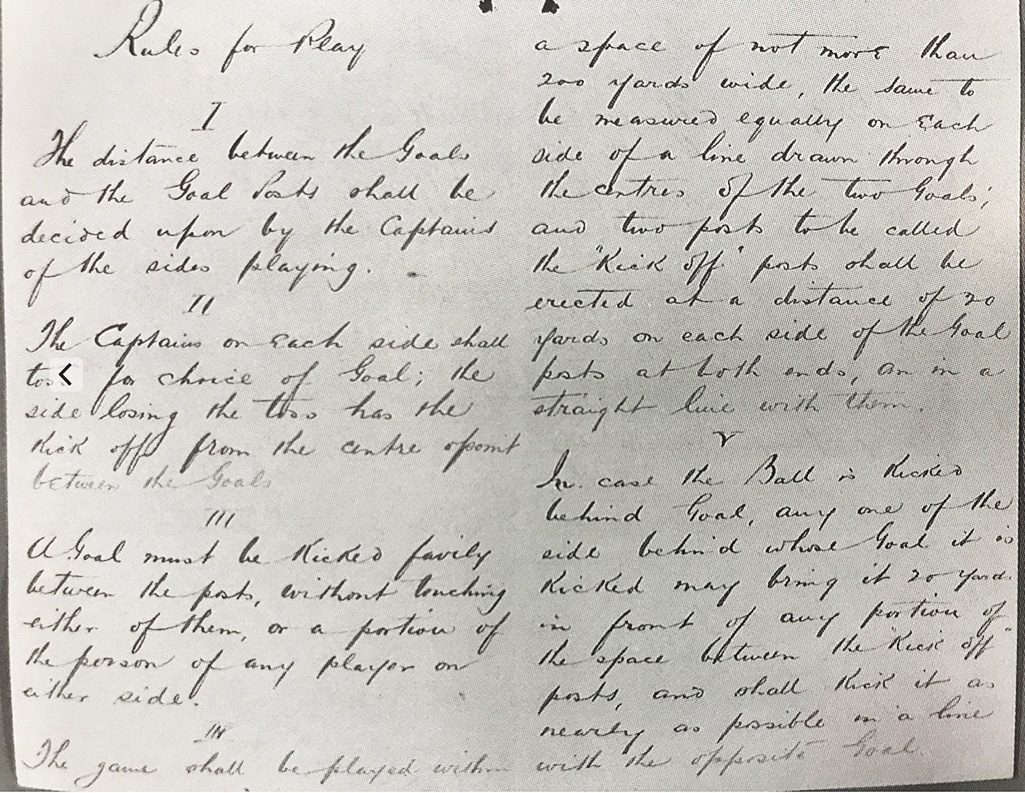ON MAY 17, 1859 – 160 years ago – four influential sporting identities gathered in a hotel near the Melbourne Cricket Ground and wrote the first official rules of Australian Football.
One of the chief footy law-makers, champion sportsman Tom Wills, had been determined to create "a game of our own", and had helped get the then-oblong ball rolling the previous July by writing a letter that was published in Bell's Life magazine, in which he called for the establishment of a "foot-ball club" to keep cricketers fit in winter.
Below: Champion sportsman Tom Wills
A month later, in August 1858, Wills umpired the first organised match of this distinctly new game between Melbourne Grammar and Scotch College, each fielding 40 players and playing with a round ball over an 800-metre stretch of the Richmond Paddock (now Yarra Park).
Around that time Melbourne Football Club was formed, with Wills one of its key founders.
In his letter to Bell's Life, Wills had also recommended the formation of a committee to devise "a code of laws". The South Yarra team had the first crack at that task in September 1858, but its rules weren't widely accepted.
The emerging colonial game had been played using various rules that both teams agreed to pre-match.

Sports journalist William Hammersley, another eventual rule-maker, would recall: "After a severe fight in the old Richmond paddock when blood had been drawn freely, and some smart raps exchanged, and a leg broken, it occurred to some of us that if we had rules to play under it would be better."
Those rules were formulated the following May by Hammersley, Wills and two fellow playing members of the Melbourne committee: journalist James Thompson and schoolteacher Thomas "Football" Smith.
"Not a modest man among them," author Greg de Moore wrote in Tom Willis: First Wild Man Of Australian Sport.

The headstrong quartet met just a few punt kicks north of the MCG, in the popular Wellington Parade establishment, the Parade Hotel – a pub owned by another football enthusiast named James 'Jerry' Bryant. Over "several drinks" they workshopped ideas before committing their consensus view to paper.
They considered various rules relating to rugby, soccer and Gaelic football. Hammersley later revealed that Wills, who had studied at Rugby School in England as a teenager, had "suggested the Rugby rules, but nobody understood them except himself", so they were abandoned.
Hammersley added: "We decided to draw up as simple a code of rules, and as few as possible, so that anyone could quickly understand."
The result could certainly be described as minimalist: just 10 rules, which were conspicuous for what they didn't include.
Indeed, football's original 10 commandments were so scant that they didn't even cover issues such as game duration, ground length and ball specifications, largely because many aspects of the game were still evolving and were the subject of much debate. Wills & co. decided that the embryonic game needed some air to breathe and develop organically. So, in some ways, less was more.
The rules probably should have been even more scant. Given they were devised partly to limit rough play, the 'Rules of the Melbourne Football Club' could have done without giving players permission to trip and push opponents. But at least they outlawed 'hacking' – the crude act of kicking an opponent in the shin to encourage him to release the ball.
In any case, these seminal rules, which were regularly refined thereafter, formed the basis of the game and made Australian Football the oldest codified form of football in the world.
Rules of the Melbourne Football Club – May 17, 1859
I. The distance between the Goals and the Goal Posts shall be decided upon by the Captains of the sides playing.
II. The Captains on each side shall toss for choice of Goal; the side losing the toss has the kick off from the centre point between the Goals
III. A Goal must be kicked fairly between the posts, without touching either of them, or a portion of the person of any player on either side.
IV. The game shall be played within a space of not more than 200 yards wide, the same to be measured equally on each side of a line drawn through the centres of the two Goals; and two posts to be called the "kick off posts" shall be erected at a distance of 20 yards on each side of the Goal posts at both ends, and in a straight line with them.
V. In case the ball is kicked "behind" Goal, any one of the side behind whose Goal it is kicked may bring it 20 yards in front of any portion of the space between the "kick off" posts, and shall kick it as nearly as possible in line with the opposite Goal.
VI. Any player catching the ball "directly" from the foot may call "mark". He then has a free kick; no player from the opposite side being allowed to come "inside" the spot marked.
VII. Tripping and pushing are both allowed (but no hacking) when any player is in rapid motion or in possession of the ball, except in the case provided for in Rule 6.
VIII. The ball may be taken in hand "only" when caught from the foot, or on the hop. In "no case" shall it be "lifted" from the ground.
IX. When a ball goes out of bounds (the same being indicated by a row of posts) it shall be brought back to the point where it crossed the boundary-line, and thrown in at right angles with that line.
X. The ball, while in play, may under no circumstances be thrown.


